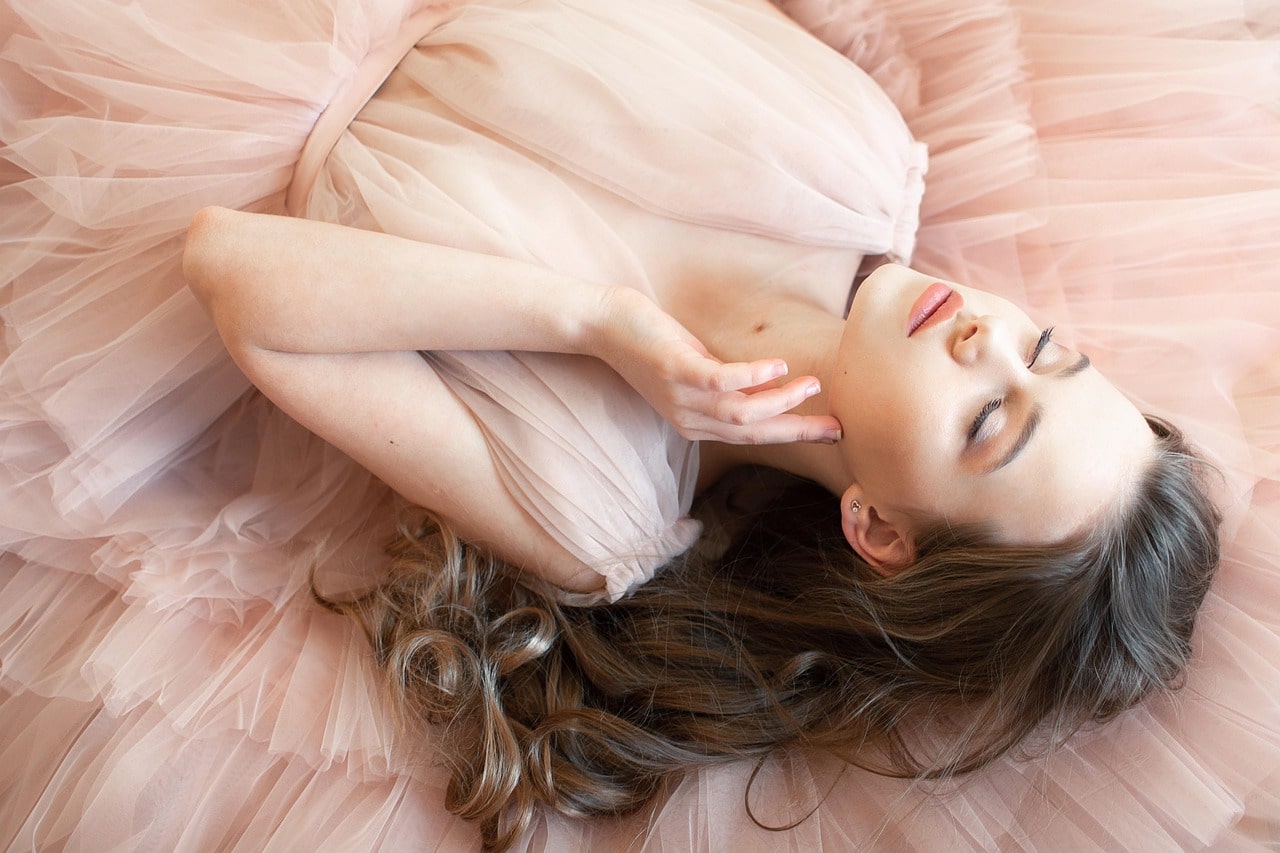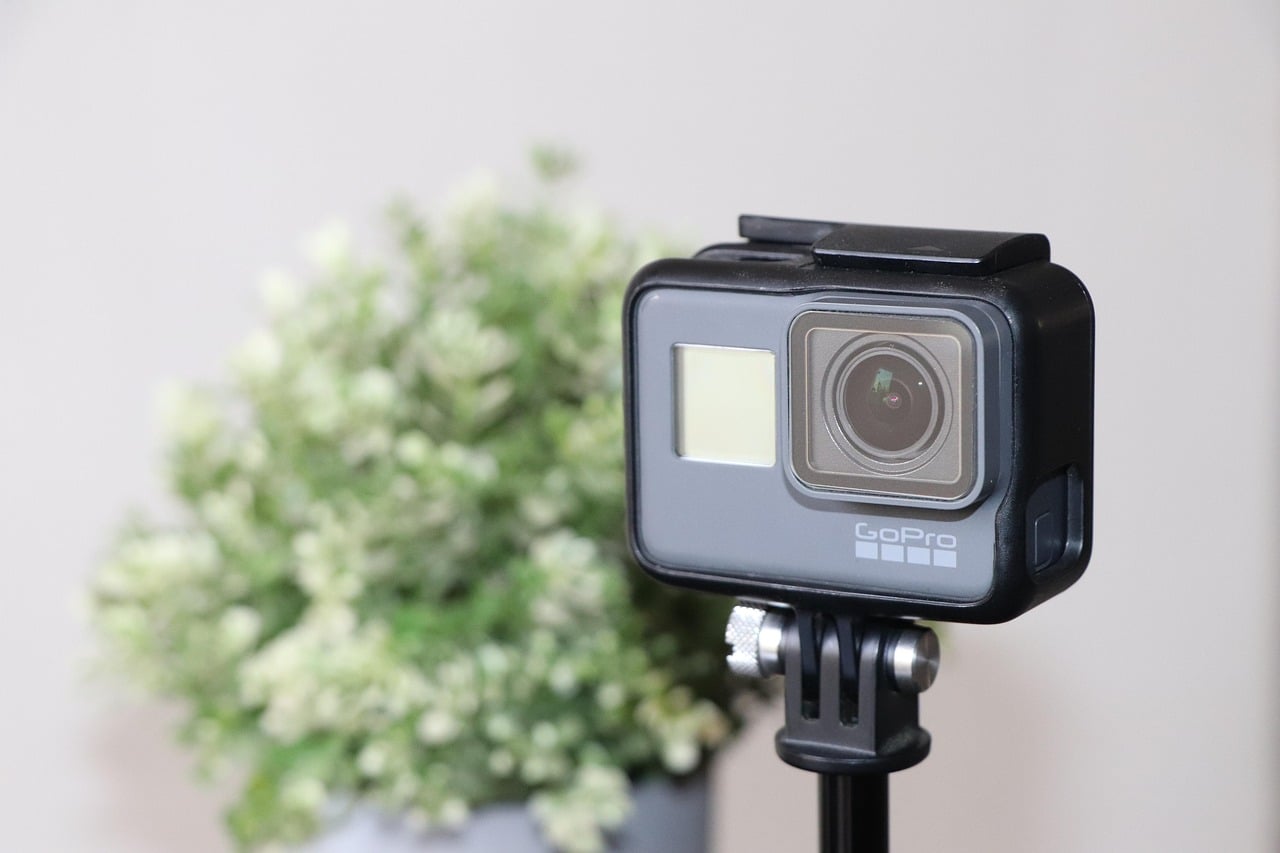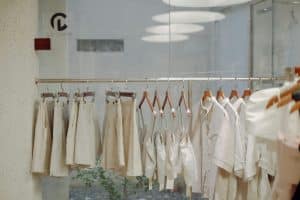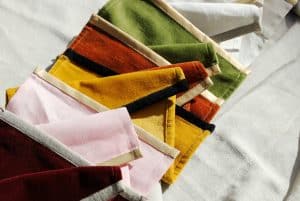Business Casual Reimagined for Modern Offices
The concept of business casual has been a staple in office dress codes for decades. It combines the professionalism of traditional business attire with the comfort of more casual clothing. However, as times are changing and the modern workplace evolves, the definition of business casual is also shifting. In today’s fast-paced and ever-changing office environment, a new and reimagined approach to business casual is necessary to ensure success. Let’s explore how business casual has transformed to fit the needs of modern offices and why it is more important now than ever before.
From Traditional to Casual: The Evolution of Business Casual
In the past, the term “business casual” was often limited to dress shirts, khakis, and closed-toe shoes. It was a way for professionals to dress in a more relaxed manner while maintaining a level of professionalism. However, with the rise of modern startups, tech companies, and creative industries, traditional business attire has become less common. As a result, business casual has also evolved to become more inclusive and less restrictive.
Flexibility is Key
Modern offices are known for their flexibility in work schedules and environments. Many companies now offer remote work options or flexible office hours. This sense of flexibility has also influenced the way business casual is perceived. Today, business casual can include a variety of styles and pieces, allowing professionals to express their personal style while still looking appropriate for the workplace.
Embracing Individuality
In the past, business attire often had a cookie-cutter approach, with everyone dressing in similar suits or dresses. With a more relaxed dress code, individuals can now show off their unique personalities through their clothing choices. Whether that means incorporating bold colors, patterns, or fun accessories, the modern approach to business casual encourages individuality and self-expression.
The Importance of Business Casual in Modern Offices
Business casual may seem like a trivial aspect of the workplace, but it actually plays a significant role in the success of modern offices. Here’s why:
Boosting Morale and Productivity
When employees feel comfortable and confident in what they are wearing, it can positively impact their mood and productivity. The relaxed and less rigid dress code of business casual can create a more comfortable and welcoming environment, leading to happier and more motivated employees.
Attracting and Retaining Top Talent
In today’s competitive job market, companies are constantly looking for ways to stand out and attract top talent. A modern and inclusive approach to business casual can be a unique selling point when seeking new employees. It also helps with retention, as employees are more likely to stay with a company that values their comfort and individuality.
Representing Company Culture
The dress code of a workplace can also act as a reflection of its company culture. A relaxed and flexible dress code can demonstrate a company’s modern and progressive values, which can attract like-minded clients and employees. It can also create a sense of unity among employees, as they are all part of a more open and accepting culture.
Business Casual Guidelines for the Modern Office
While the definition of business casual is more fluid in today’s work environment, there are still some guidelines that professionals should follow to ensure they are dressed appropriately for the office:
Stay Professional
Even with a more relaxed dress code, it’s essential to remember that you are still representing your company. Avoid clothing that is too revealing, ripped, or wrinkled. Stick to well-fitted and clean pieces that give off a professional vibe.
Know Your Audience
While business casual may have a different meaning in different industries, it’s essential to understand what is expected in your specific workplace. If you’re unsure, observe what your colleagues are wearing, or ask your supervisor for guidelines.
Dress Appropriately for the Occasion
Even within a flexible dress code, there may be times where more formal attire is needed. For example, a client meeting or a company event may require a slightly dressier approach to business casual. Be aware of these occasions and dress accordingly.
In Conclusion
In a modern office, where creativity and individuality are celebrated, business casual has transformed to fit these evolving needs. It’s no longer just a way to dress professionally while being comfortable; it’s a reflection of a company’s culture and values. By embracing an inclusive and flexible approach to business casual, companies can create a happier and more productive workforce, attract top talent, and showcase their progressive values.











